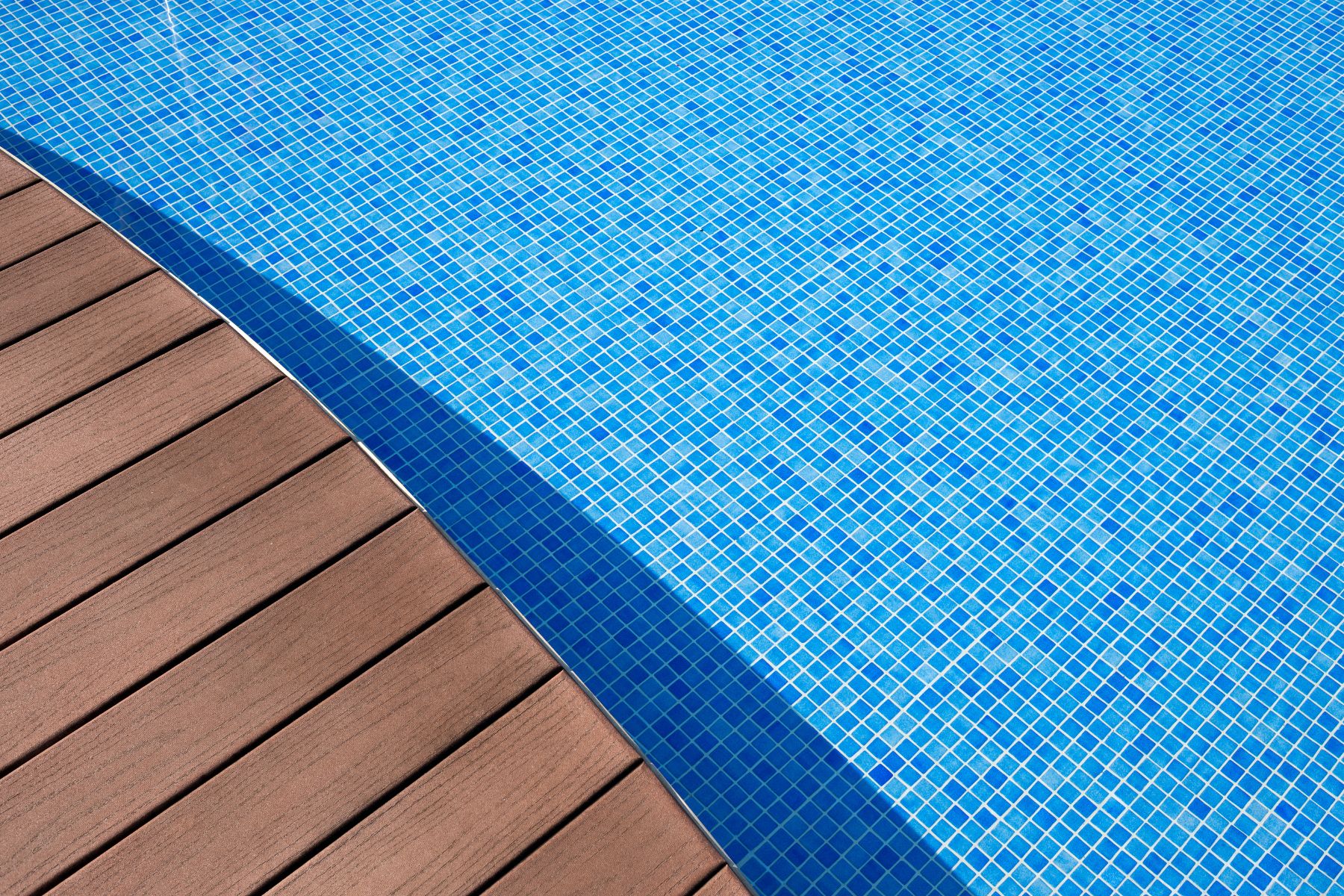When designing or renovating a swimming pool, choosing the right coping is a important decision that impacts both the aesthetics and functionality of your pool area. Pool coping serves as the protective cap or edging that surrounds the pool, providing a smooth and safe transition between the pool and the deck. This guide will walk you through the key considerations and options available when buying swimming pool copings.
Understanding Pool Coping
Pool coping is more than just a decorative element; it plays several vital roles:
- Safety: Provides a non-slip surface that prevents accidents around the pool.
- Protection: Protects the pool structure from water damage by directing water away from the pool walls.
- Aesthetic Appeal: Enhances the overall look of the pool area by creating a polished and cohesive edge.

Types of Pool Coping
There are various types of pool coping materials to choose from, each with its unique benefits:
Concrete Coping
- Precast Concrete: Available in various shapes and sizes, precast concrete coping is durable and can be customized with different finishes and colors.
- Poured-in-Place Concrete: Offers a seamless look and can be textured or stamped to mimic other materials like stone or brick.
Natural Stone Coping
- Travertine: Known for its elegant and timeless look, travertine is slip-resistant and stays cool underfoot, making it ideal for pool areas.
- Limestone: Durable and available in a variety of colors, limestone provides a smooth and sophisticated finish.
- Granite: Extremely durable and resistant to weathering, granite is a premium option that offers a luxurious look.
Brick Coping
- Traditional Look: Brick coping offers a classic and rustic appearance, blending well with various architectural styles.
- Durability: Resistant to weathering and fading, brick coping requires minimal maintenance.
Choosing the Right Coping
Selecting the right pool coping involves considering several factors:
- Climate and Environment: Choose materials that can withstand local weather conditions. For example, stone copings like travertine are excellent for hot climates due to their heat resistance.
- Style and Aesthetics: Consider the overall design of your pool area. Natural stone provides a timeless and elegant look, while concrete can be customized to match various styles.
- Budget: Natural stones and premium tiles tend to be more expensive, whereas concrete and brick options can be more budget-friendly while still offering durability and appeal.
- Safety and Comfort: Ensure the coping material is slip-resistant and comfortable underfoot. Some materials can become very hot under the sun, so choosing a cooler option like travertine can enhance comfort.
Installation Tips
Proper installation is key to ensuring the longevity and effectiveness of your pool coping:
- Professional Installation: Hiring experienced professionals ensures that the coping is installed correctly, preventing future issues such as shifting or water damage.
- Sealing and Maintenance: Some materials, like natural stone, require sealing to protect against stains and weathering. Regular maintenance, including cleaning and resealing, can extend the life of your coping.
- Consistent Height and Alignment: Ensure the coping is level and consistent in height around the entire pool perimeter for a uniform and safe edge.


